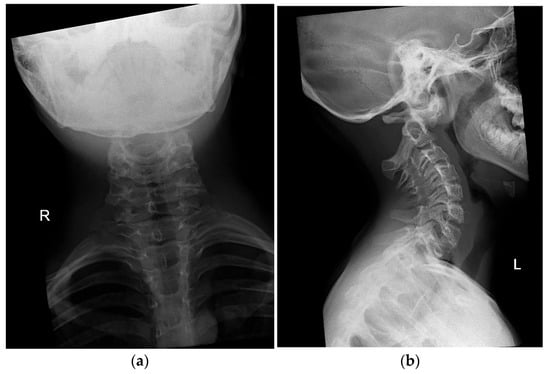- Article
Monitoring Vital Parameters Enhanced by Wireless Devices Related to Bariatric Surgery (MOVIES-Trial)
- Jai Scheerhoorn,
- Max Herman Funnekotter and
- Friso Schonck
- + 2 authors
Background: Obesity and its accompanying complications have an influence on diurnal rhythm, potentially causing cardiometabolic disease. This study explores how weight loss due to bariatric surgery affects circadian rhythm disruptions measurable through wearable heart rate monitors. Methods: A single-center observational study was performed, in which patients who had undergone primary bariatric surgery 3 years ago with telemonitoring of vital parameters using a wireless accelerometer were eligible to participate. A Wilcoxon signed-rank test was conducted to evaluate the delta of, or amount of change in, circadian patterns between the baseline (before) and post-weight-loss peak, nadir, and peak–nadir heart rates. Results: In this cohort of 69 patients, 70% were female, with a median total weight loss of 31.4% towards a median BMI of 28.4 kg/m2. Analysis revealed significant changes in peak–nadir excursions post-weight loss. Peak, nadir, and peak–nadir differences showed a significant reduction in values in the post-weight-loss group. No significant correlations between other clinical endpoints and change in peak–nadir excursion were found in the multivariable regression models. Conclusions: In conclusion, this study reveals significant changes in circadian heart rate patterns before and after weight loss due to metabolic surgery. The results could add to the health benefits of bariatric surgery, as it could lower the incidence of diseases associated with changes in diurnal rhythm due to obesity. However, a clear clinical explanation is lacking, as no correlation with total weight loss nor other variables was substantiated.
3 January 2026






![Patient selection flow diagram. Screening, inclusion/exclusion criteria, and diagnostic outcomes stratified by culture results and final diagnosis (TGCT vs. septic arthritis vs. presumed SAH). TGCT = tenosynovial giant cell tumor; MSSA = methicillin-sensitive Staphylococcus aureus; SAH = septic arthritis of the hip. * Inclusion criteria defined as at least two clinical criteria (hip pain, limited and painful active and passive hip joint range of motion, inability to bear weight, fever > 38 °C) AND at least one laboratory criterion (leukocytosis [WBC > 11,000/µL], elevated C-reactive protein, synovial fluid WBC > 50,000, positive Gram-stain, or positive culture).](https://mdpi-res.com/std/std-14-00043/article_deploy/html/images/std-14-00043-g001-550.jpg)